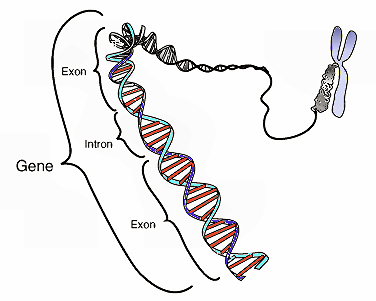Scientists predict activity of human genes

Genetically identical cells do not always behave the same way. According to the accepted theory, the reason are random molecular processes - known as random noise. For decades this view has been underpinned by numerous experiments and theoretical models. Now the system biologists of the University of Zurich have made a momentous discovery: The spatial separation of human cells into a nucleus and cytoplasm creates some kind of passive filter. This filter suppresses the random noise and enables human cells to precisely regulate the activity of individual genes.
Observed more randomness in the nucleus
While the observations of Lucas Pelkmans and his team initially seemed at odds with current text-book knowledge, a second look revealed the missing explanation. During the activation of genes, the genetic information, which has been stored in DNA, becomes transcribed to messenger RNA. "We could perfectly predict the messenger RNA in the cytoplasm and discovered much more randomness within the nucleus" explains Nico Battich, coauthor and PhD student at Institute of Molecular Biology. "One could envision the nucleus to act as a leaky bucket that on the one hand withholds messenger RNA, but on the other hand enables a delayed and even outflow. Thus the activity of genes in the cytoplasm becomes highly robust against random noise during the formation of messenger RNA in the nucleus."
Smallest physiological details made visible
Thanks to their novel method, the Zurich scientists were the first ones who could study that many human genes. They managed to detect every single molecule that is produced by active genes. "Previously one could only study few genes and in many cases these genes had to be genetically modified by researchers" says PhD student Thomas Stoeger. "We realized that the activity of genes strongly differed between single cells, but could at the same time predict the activity for every single cell by visualizing subtle physiological details with microscopic dyes."
The findings of the Zurich scientists impact several fields. "For example, evolutionary biology, where the spatial separation of cells marks a milestone in the emergence of intelligent life. But also biotech-nology, where a precise control over artificial genes is desirable, and human medicine, if it should become possible to predict which malignant cells will respond to drugs." concludes Prof. Lucas Pelkmans.
More information: Nico Battich, Thomas Stoeger, Lucas Pelkmans. Control of Transcript Variability in Single Mammalian Cells. Cell. December 17, 2015. DOI: 10.1016/j.cell.2015.11.018
Journal information: Cell
Provided by University of Zurich




















